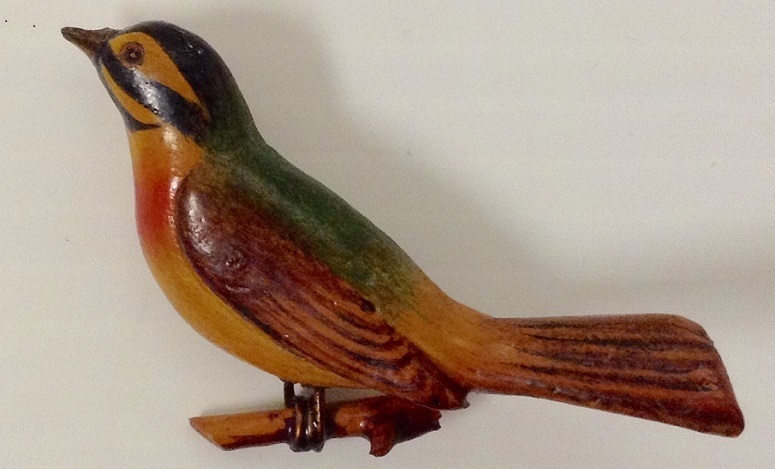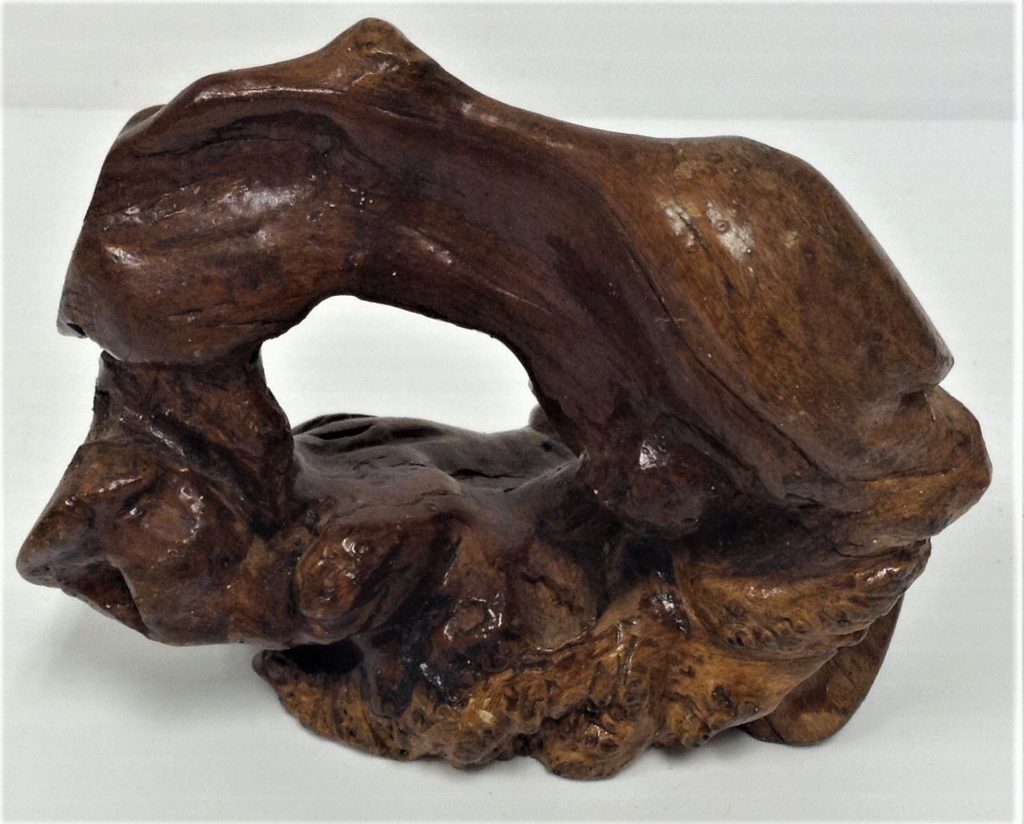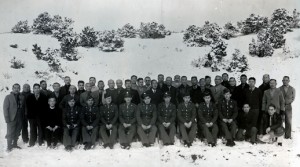
Kunitaro Takeuchi (1887–1972) was a Japanese native who migrated to Hawai’i in his early twenties, right around the turn of the century where he married his wife Hana, had a family, and worked as a photographer. President Franklin D. Roosevelt’s Executive Order 9066, signed on 19 February 1942, authorized the apprehension and incarceration of people believed to be conspirators and sympathizers to the Axis powers during World War II. This order primarily targeted people of Japanese, Italian, and German descent, many of them being US citizens. In May 1942, the Takeuchi family was forced out of Hawai’i as “Group 3” of Nisei and Issei (first- and second-generation Japanese Americans) identified for holding at internment camps. Kunitaro Takeuchi, then in his mid-fifties, was imprisoned at the Santa Fe Internment Camp for the duration of the war. The 80-acre Department of Justice camp, where St. Francis Drive and West Alameda Street are now located, held 4555 men and operated from 1942-1946, nearly a year after the war was over.

There, Kunitaro Takeuchi carved these pieces, among many others, and collected cigar boxes full of rocks from the camp area. He received many rocks as gifts from others at the camp as well. The New Mexico History Museum is honored to care for these pieces of history that remind us about the sacrifices Japanese Americans made during this period of unjust persecution in our national history.
Here is a June 2019 article about the Japanese Internment camps in New Mexico from Pasatiempo.

